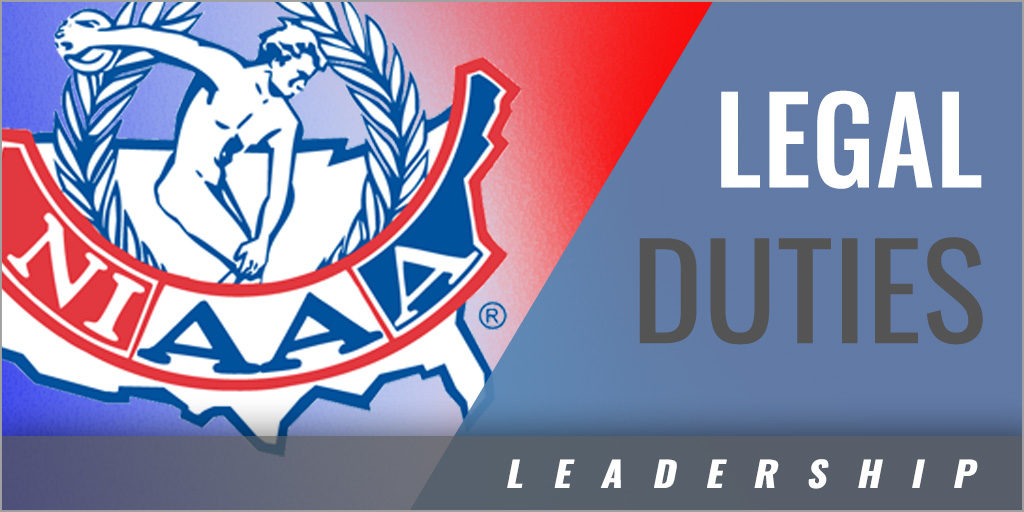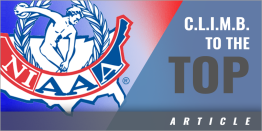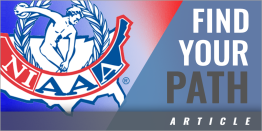
More from National Interscholastic Athletic Administrators Association View all from National Interscholastic Athletic Administrators Association

4 Key Ingredients to a Successful Coach Development Program with Jennifer Doede, CMAA – Amos Alonzo Stagg High School (IL)

Helping the “New to You” Coach CLIMB to the Top [NIAAA]

Enhancing Education-Based Athletics Through Integrating a Sports Management and Media Program Into School Curriculum




